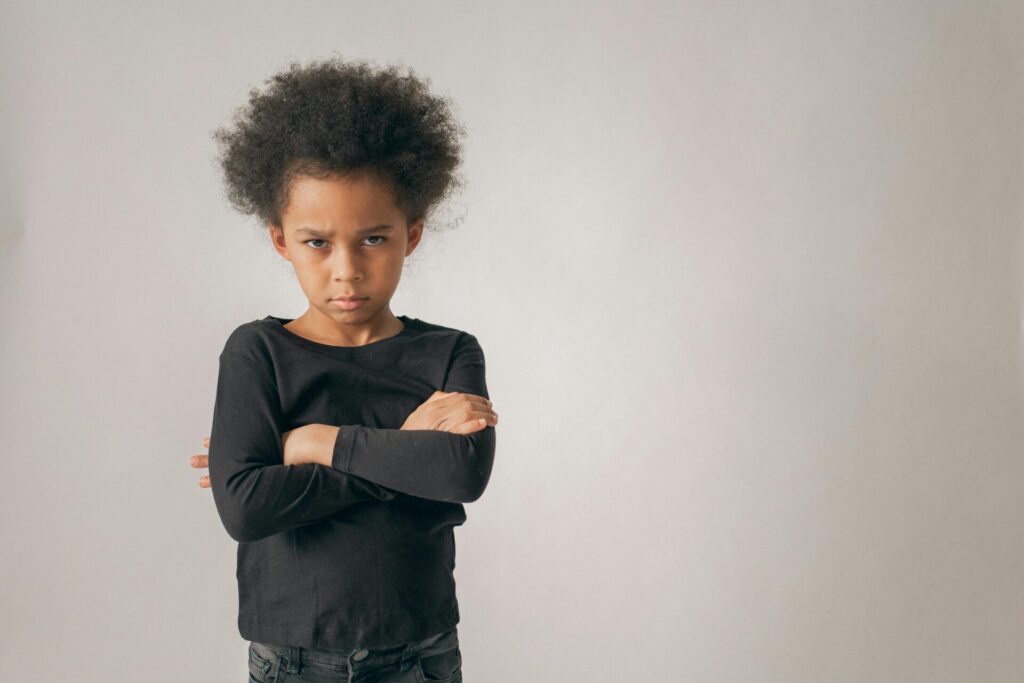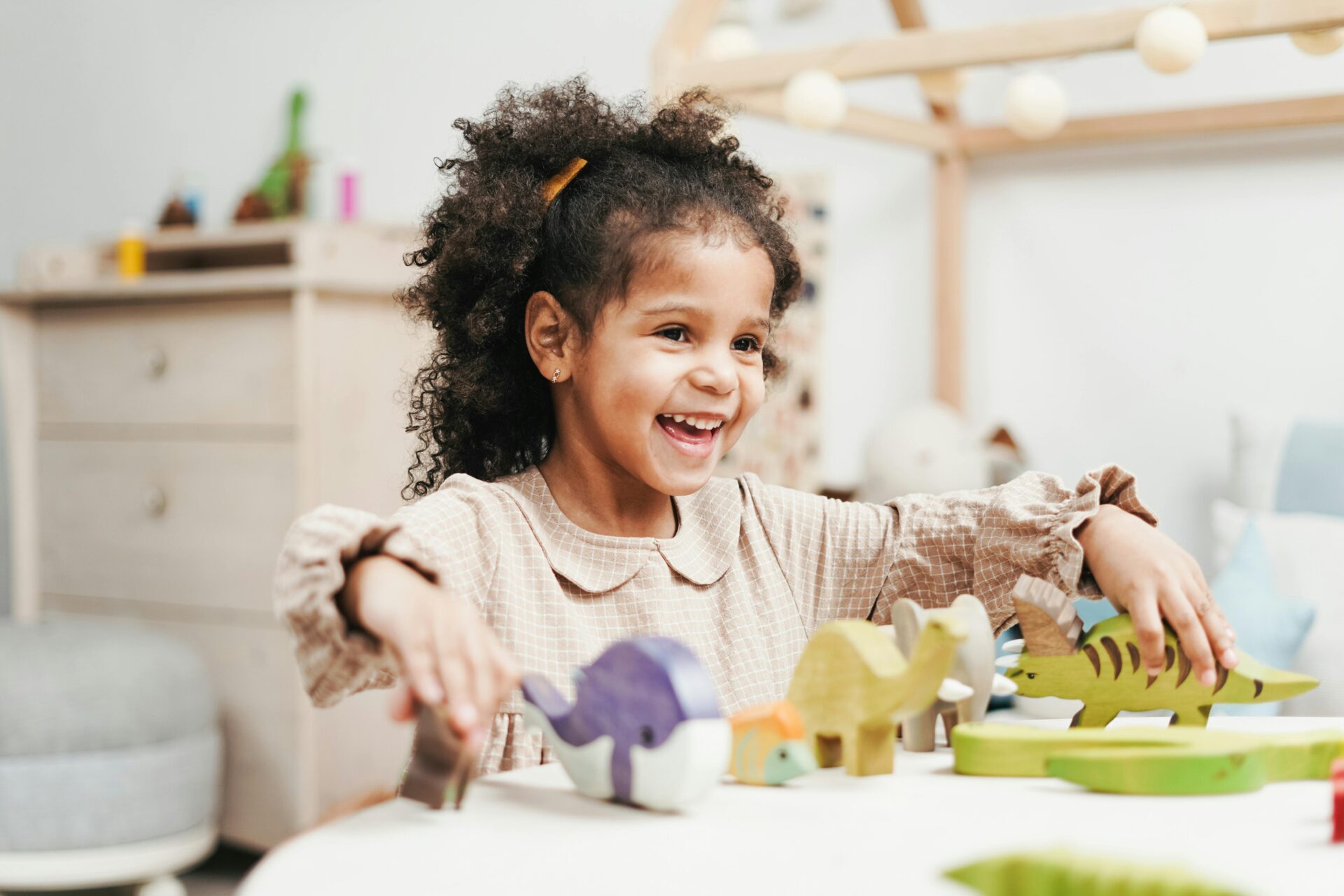As pediatric therapists working in-home with children and their families, trouble with transitions is one of the most common challenges we see.
Whether it’s moving from playtime to bedtime, switching activities at school, or adapting to bigger life changes like a new sibling or family changes, transitions can trigger further resistance, more meltdowns, and higher anxiety in children.
But the good news is that there are simple things you can do at home to help make transitions easier for your kids and also teach lifelong self regulation skills!
Our fantastic social workers are sharing 5 ways you can support your child in making transition challenges a thing of the past.
Why Do Some Kids Struggle with Transitions?
This is a great question and the answer, like a lot of things in the world of child development, is that it could be one of many things.
Children may find transitions difficult for several reasons:
- Brain Development: Young children are still developing executive functioning skills needed to shift attention and adapt to changes.
- A Need for Control: Transitions often involve stopping a preferred activity, which can feel like a loss of control.
- Sensory Processing Struggles: Some children are more sensitive to environmental changes in lighting, noise, or physical sensation during transitions.
- Routine Dependence: Many children feel secure with predictability and can become anxious when routines change.
- Communication Barriers: Younger children may not have the language skills to express their feelings about transitions.
When we are able to understand the ‘why’ behind your child’s specific challenges with transitions, it becomes easier to develop the best coping strategies for them.

5 Effective Strategies for Easier Transitions
1. Give Advance Warnings
Many kids struggle when changes feel sudden or unexpected to them. This might make them feel out of control or distrustful. We suggest using one of the following to help give your child a heads up and allow them time to mentally prepare:
- Use a visual timer or a simple kitchen timer to show how much time remains
- Give clear & simple verbal countdowns: “Five minutes until clean-up time“
- For younger children, pair verbal warnings with visual cues
- Be consistent with your warning times (5 minutes, 2 minutes, etc.)
This approach helps children develop important time awareness and gives them a sense of control over finishing their current activity.
2. Create Visual Schedules
We are big fans of using visual schedules to help kids understand what’s happening now and what’s coming up next. These can be very simple or more elaborate but the idea is to make daily and weekly schedules very clear and easy to understand.
- For younger children, use pictures representing different activities
- For older children, a written checklist or schedule might work better
- Review the schedule at the start of the day
- Reference the schedule before transitions: “Remember, after lunch comes quiet time”
Having a visual reference helps to reduce anxiety about what’s coming next and create predictability in the days and weeks.
3. Use Transition Objects or Activities
For some children, all they need is a bit of engaging activity or familiarity to bridge the gap between activities. Start with these ideas but of course adjust them according to your child.
- Allow a comfort item to move between activities
- Create special transition songs or chants
- Use movement activities like “hop like a frog to the bathroom”
- Implement special responsibilities like being the “light switcher” or “door holder”
These simple bridges make the space between activities feel less abrupt and more engaging and fun!
4. Try To Keep Consistent Routines
Routines and predictability, for many kids, feels safe and supportive. As much as you can, create a framework, schedule or routine that your child can count on.
- Keep the sequence of daily activities as consistent as possible
- Create special routines for challenging transitions (bedtime, leaving home)
- Use the same phrases or cues for recurring transitions
- Practice routines during calm times
When kids can anticipate the pattern of their day, transitions become familiar parts of that pattern rather than unexpected disruptions.
5. Always Acknowledge & Validate Feelings
When kids are struggling with transitions, it can lead to some big feelings. And when we, as parents and caregivers, acknowledge and then validate those feelings, it helps our children to recognize and process big emotions around tough transitions.
- Name feelings: “It seems like you’re frustrated about stopping your game”
- Validate their experience: “It can be hard to stop doing something fun”
- Share your own experiences: “I sometimes feel disappointed when I have to stop something I enjoy“
- Offer coping strategies: “Taking three deep breaths might help you feel calmer“
This kind of emotional coaching helps our kids develop self-awareness and eventually better self-regulation around transitions.
When to Seek Additional Support
These strategies can be so helpful in supporting your child but if you’re feeling that they may need some extra support, that’s totally ok and there is help available!
These are some signs that your child may need additional support with transition challenges:
- Transition challenges are causing significant distress to your child
- Transition difficulties are disrupting family life or school performance
- Your child’s reactions seem extreme compared to peers
- Strategies you’ve tried aren’t helping after consistent implementation
A conversation with your pediatrician may be a good place to start or you can reach out to a private therapy practice, like Beyond Speech Therapy Specialists. There are therapies and support available to you and your child!
Remember that learning to navigate transitions is a skill that develops over time and many children have trouble with it. With patience, consistency, and the right strategies, most children can improve their ability to move through their day with ease!
If you’d like to learn more about how we at Beyond Speech can create personalized support for your child’s transition challenges, reach out today and we’ll put you in touch with one of our fantastic therapists!

